The night sky has long served as humanity’s compass, guiding explorers across uncharted territories. Today, as we venture beyond Earth’s boundaries, scientists are revisiting this ancient practice with a revolutionary twist—using pulsars, the lighthouses of the cosmos, to navigate the vast expanse of space. This ambitious endeavor, known as the Cosmic Beacon Project, seeks to develop a pulsar-based navigation system that could one day replace or supplement Earth’s reliance on GPS.
Pulsars are rapidly rotating neutron stars that emit beams of electromagnetic radiation from their magnetic poles. These beams sweep across space like cosmic strobe lights, producing precisely timed pulses detectable across interstellar distances. Their extraordinary regularity rivals atomic clocks, making them ideal candidates for a celestial GPS. Unlike terrestrial navigation systems, which rely on satellite constellations vulnerable to signal degradation or sabotage, pulsar navigation taps into nature’s own timekeepers—millions of years old and utterly indifferent to human interference.
The concept isn’t entirely new. In 1972, NASA’s Pioneer 10 and 11 spacecraft carried plaques engraved with a pulsar map pointing back to Earth—a cosmic "return address" for any extraterrestrial finders. Decades later, researchers realized these dead stars could offer more than just a homing beacon; their rhythmic pulses might triangulate a spacecraft’s position with unprecedented accuracy, even in the outer solar system or interstellar space where GPS signals fade into oblivion.
At the heart of this technology lies X-ray timing. While some pulsars emit radio waves easily absorbed by interstellar medium, millisecond pulsars often shine brightest in X-rays. Spacecraft equipped with X-ray detectors—like the NICER telescope aboard the International Space Station—could measure arrival times of these pulses from multiple pulsars. By comparing observed pulse patterns against a preloaded database of known pulsar ephemerides, onboard algorithms could calculate the vehicle’s 3D position autonomously, without needing Earth-based control.
One groundbreaking demonstration occurred in 2016. China’s XPNAV-1 satellite successfully tested pulsar navigation using Crab Pulsar emissions, achieving positioning accuracy within 10 kilometers—a modest start, but a proof of concept that ignited global interest. The European Space Agency followed with studies showing millisecond pulsars could theoretically enable spacecraft to determine their location within 5 kilometers anywhere in the solar system, with precision improving as detectors advance.
The military implications are profound. Current GPS jamming techniques—whether by adversarial actions or solar storms—could cripple navigation for everything from smartphones to guided missiles. A pulsar-based system would be inherently resilient; no nation or natural phenomenon can "turn off" neutron stars. This explains why defense agencies worldwide monitor the Cosmic Beacon Project closely, though researchers emphasize its peaceful applications—ensuring uninterrupted navigation for interplanetary missions where losing contact could mean losing a spacecraft forever.
Challenges remain. Building lightweight, energy-efficient X-ray detectors sensitive enough for weak pulsar signals requires breakthroughs in photon-counting technology. Spacecraft computers must process complex timing data in real-time while accounting for relativistic effects caused by a vehicle’s motion through curved spacetime. Perhaps most daunting is compiling a sufficiently detailed pulsar catalog; current databases contain about 3,000 known pulsars, but only a few dozen millisecond pulsars meet the stability standards for navigation.
Despite these hurdles, progress accelerates. NASA’s upcoming SEXTANT mission aims to demonstrate real-time pulsar navigation with meter-level accuracy—a potential game-changer for crewed Mars missions. Private ventures like Stellar Positioning Inc. explore hybrid systems combining pulsar data with traditional star trackers, while academic teams investigate using pulsar signals to synchronize deep-space communication networks without Earth-based time references.
The Cosmic Beacon Project represents more than technological innovation—it’s a philosophical shift in humanity’s relationship with the universe. Where GPS tethers us to Earth’s infrastructure, pulsar navigation embraces our status as interstellar travelers, guided by the steady heartbeat of dead stars. As project lead Dr. Elena Petrovna remarked during last year’s International Astronautical Congress: "We’re not just building a new compass. We’re learning to read the galaxy’s roadmap, written in starlight billions of years before we existed."
Looking ahead, pulsar navigation may unlock possibilities beyond mere positioning. Subtle variations in pulse arrival times could help map the solar system’s gravitational field, detect passing dark matter, or test Einstein’s general relativity with unprecedented precision. Some theorists even speculate about networks of pulsar-based "waystations" for future interstellar probes—a concept straight from science fiction, now edging toward scientific plausibility.
For now, the project remains in its experimental phase, with practical deployment likely decades away. Yet each successful test brings us closer to a future where spacecraft navigate the cosmic ocean as ancient mariners once sailed terrestrial seas—by the immutable stars above, their rhythms unbroken since time’s dawn.

By /Jul 2, 2025

By /Jul 2, 2025

By /Jul 2, 2025
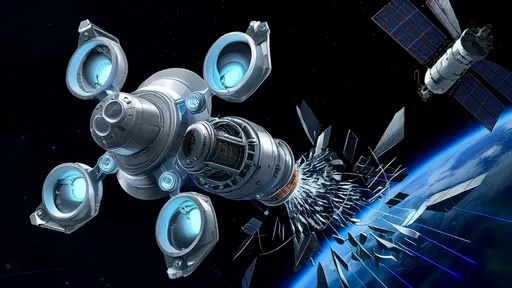
By /Jul 2, 2025
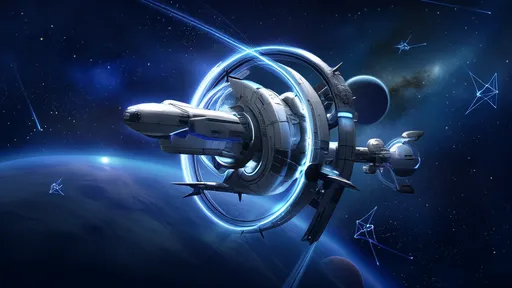
By /Jul 2, 2025
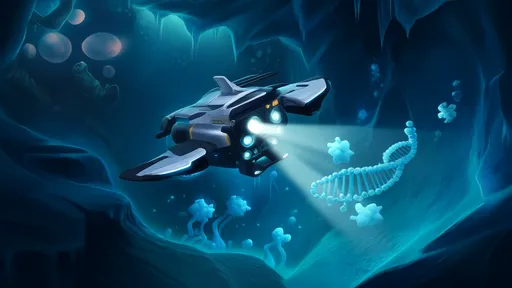
By /Jul 2, 2025
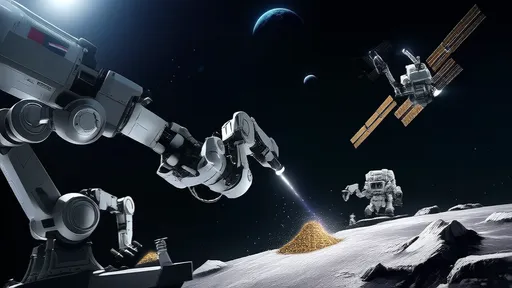
By /Jul 2, 2025
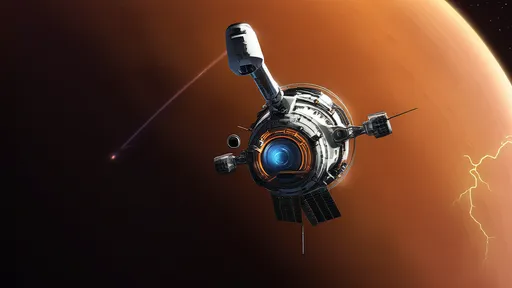
By /Jul 2, 2025

By /Jul 2, 2025
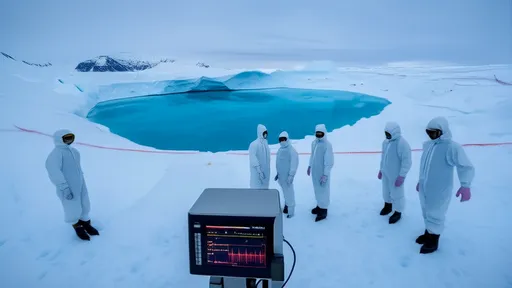
By /Jul 2, 2025
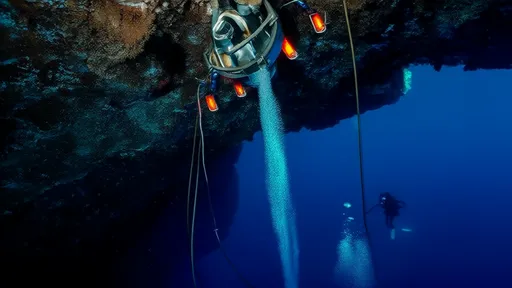
By /Jul 2, 2025
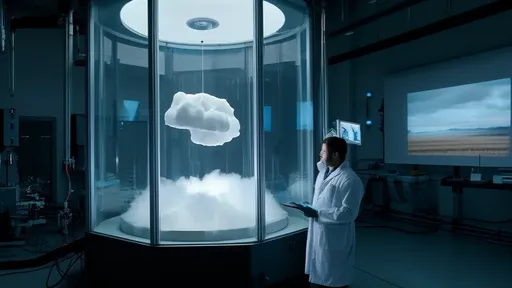
By /Jul 2, 2025

By /Jul 2, 2025

By /Jul 2, 2025
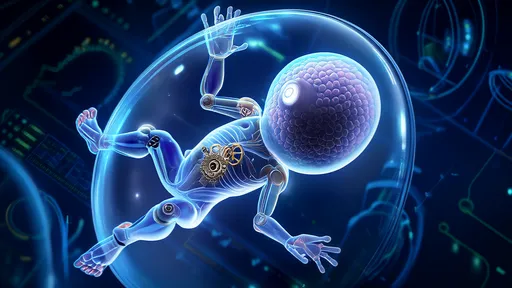
By /Jul 2, 2025
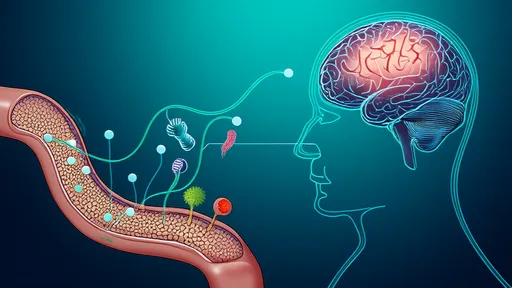
By /Jul 2, 2025
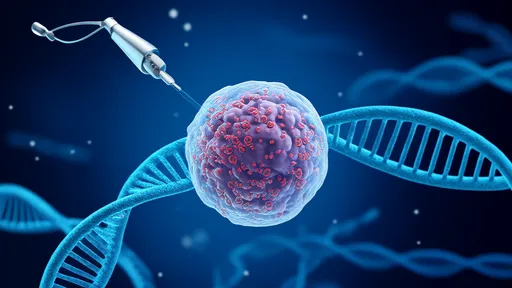
By /Jul 2, 2025
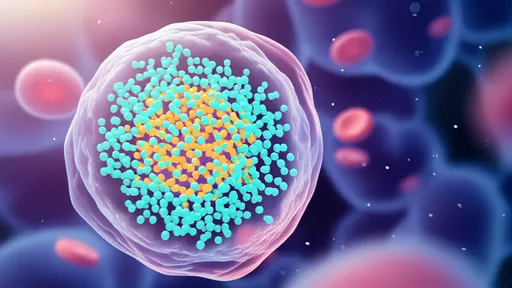
By /Jul 2, 2025

By /Jul 2, 2025
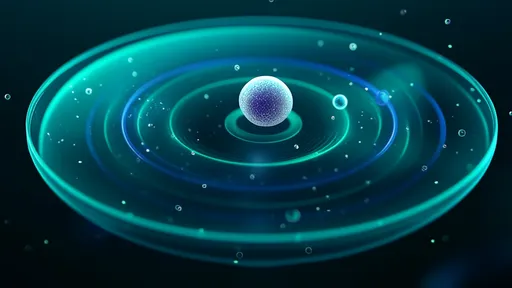
By /Jul 2, 2025